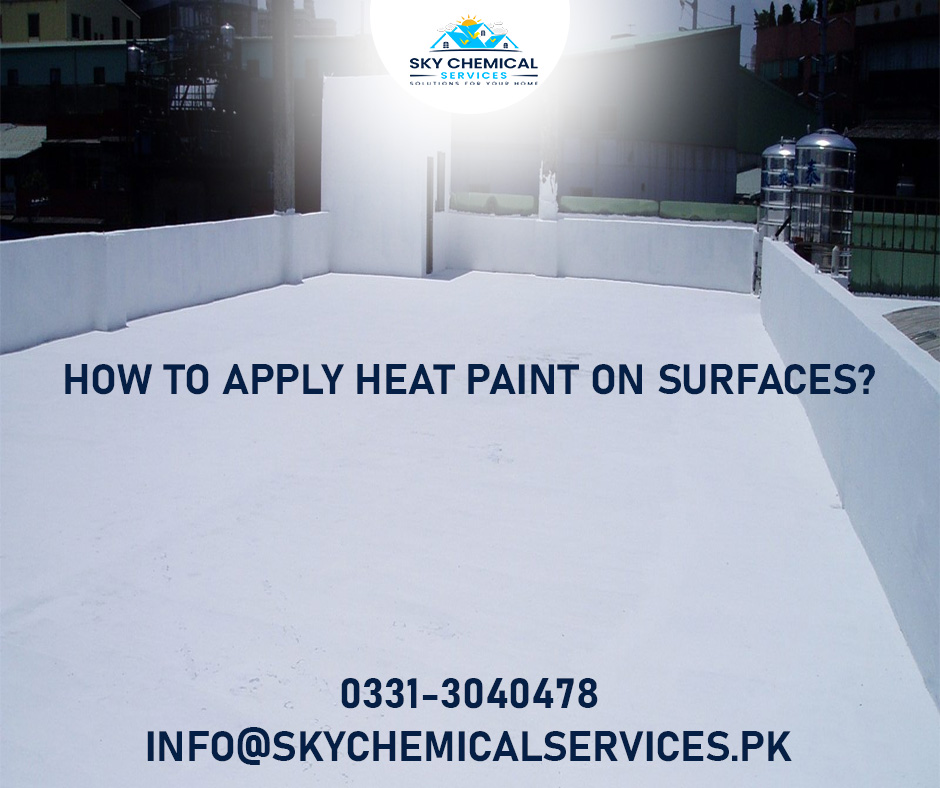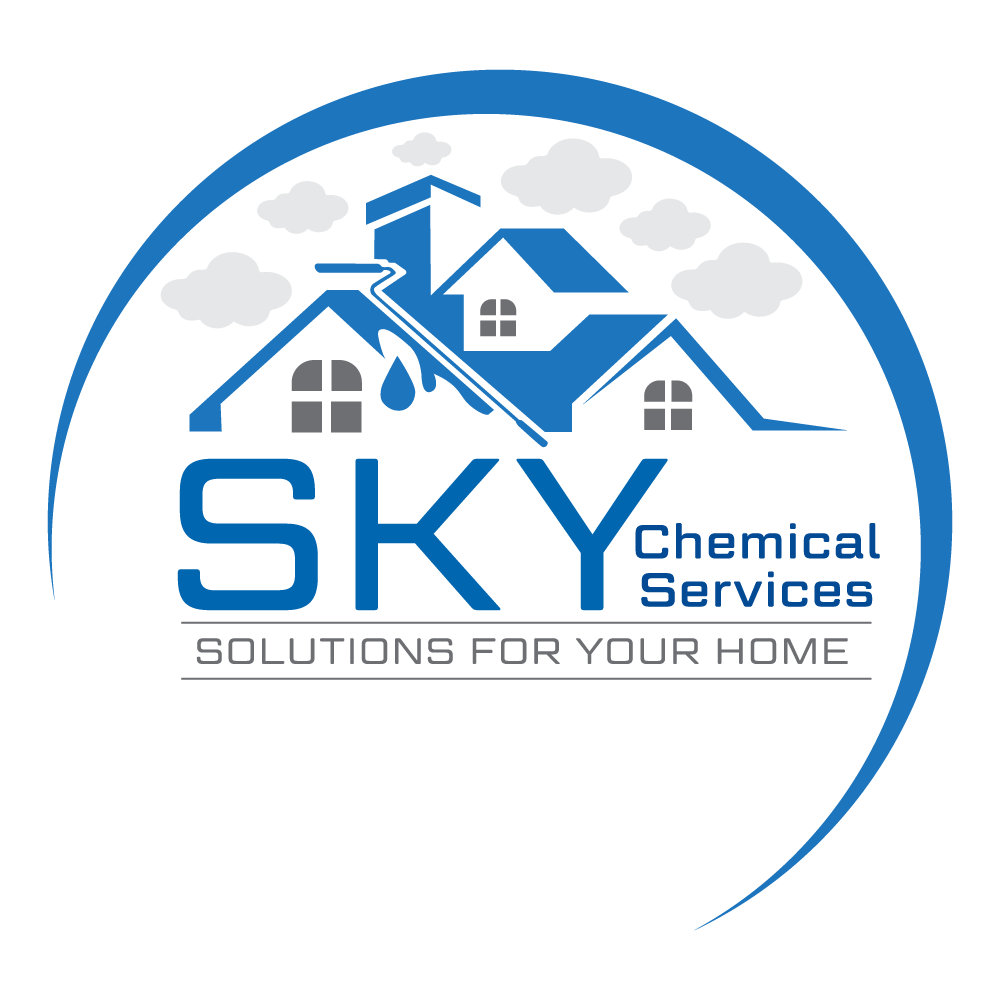
Heat paint protects and enhances the appearance of surfaces exposed to extreme heat. It is applied as a single or double coat on grills, furnace chimneys, exhaust pipes, and industrial ovens. Heat resistant paints can withstand temperatures from 600oC to 750oC. It does not react to flames or heat-producing equipment.
Let’s discuss the application process in detail:
-
Gather Your Supplies
Before you commence the painting process, it’s essential to amass the necessary supplies:
Heat-Resistant Paint
Choose the product with specific temperature ranges required for your project. These paints are formulated to withstand extreme heat and provide long-lasting protection.
Read More
How Can I Keep My Roof Cool in Summers in Pakistan?
Which Heat Proofing Material is the Best?
Which Coating is Best for High-Heat Conditions?
Cleaning Supplies
Cleaning solvents or soapy water and a cloth are essential to ensure good adhesion.
Painter’s Tape
Use painter’s tape to mask off any areas you don’t need to paint; handles or glass are some examples.
Drop Cloths or Newspaper
To protect the surrounding area from overspray or drips.
Use PPEs
Safety should be of prime concern, especially when managing paint: PPEs can restrict harmful gas inhalation, skin or eye irritation, and chemical attacks.
Paint Sprayer, Brush, or Roller
The application method depends on the size and shape of the surface. For larger, flat areas, a paint sprayer is the best tool, while brushes and rollers work well for smaller or detailed surfaces.
Surface Preparation
Proper surface preparation is crucial to ensure the paint adheres well and the finish looks professional. Follow these steps:
Surface Preparation Materials
- Sandpaper
- Wire Brushes
- Metal Scraper
Clean the surface
Clear away dirt, grease, or loose paint using solvent or soapy water. Rinse thoroughly and let it dry. Thereafter, remove the rust and old paint with a sandpaper, wire brush, or metal scraper. This step is essential for achieving a smooth finish. Sand the surface to create a rough texture for better adhesion.
Read More
In How Many Ways Can We Prevent Heat Loss from Roofs?
What is Crystalline Waterproofing? How is it Applied?
Application
With the surface prepped, it’s time to apply the heat paint. The method depends on the project’s scale and the client’s preferences. Be sure to follow the manufacturer’s instructions. Apply even coats and allow each one to dry before applying the next. Typically, two to three coats are sufficient. In case of brushes or rollers, dip them into the heat paint and apply. To achieve a uniform finish, you need more coats: Experts prefer double or triple layers.
Curing
After applying the heat paint, let it dry. Curing exposes the painted surface to air, which helps the paint bond efficiently. Allow the surface to cool down completely. Curing times can vary due to various factors.
Clean-Up
Clean painting tools and equipment according to the manufacturer’s recommendations. Dispose of any used materials, like rags or brushes.
Do I Need a Primer for High Heat Paint?
Mostly, high heat paint is self-priming; it does not need any additional primer for indoor applications. However, for outdoor use (humid conditions), a high-temp primer may be a requirement. When using a spray can, shake the bottle and keep it at a specific distance. Spray 2-3 coats, allowing some time in between. Let it dry for an hour or two.
Conclusion
Applying Heat Paint on Surfaces is a simple process, if proper steps are followed. Whether you’re want to protect and enhance the appearance of furniture, grill, or any other high-temperature surface, choose the right heat-resistant paint. Ensure that you read the instructions on the container or can. Also, use proper PPEs (gloves, goggles, mask, and shoes) for a safe and risk-free application.
If you think that you don’t have time or expertise, contact Sky Chemical Services, the best company in Karachi, Pakistan.
